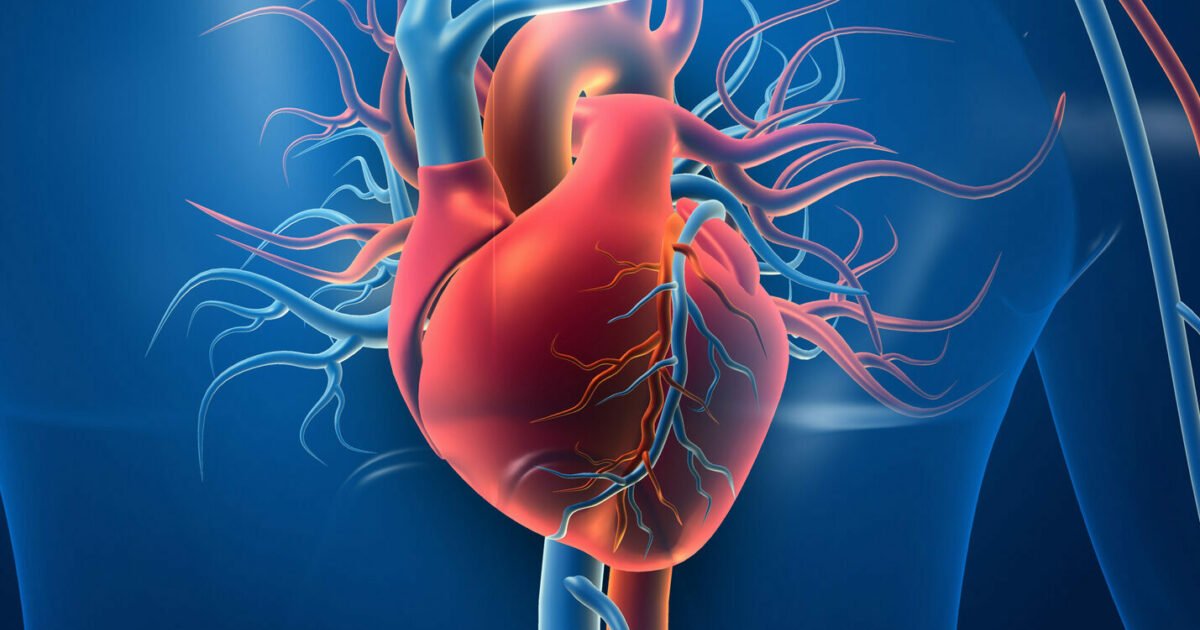Understanding Breast Cancer & Mammography
March 08, 2019 | Friday | News | By Dr. Teena Sleeba
8th March is observed as International Women’s Day every year, globally. On this note, to create awareness on breast cancer and an early detection which can lead to an early treatment and increased survival rate, Dr. Teena Sleeba, Consulting Radiologist, Rajagiri Hospital Aluva helps all women ‘Understand breast cancer and Mammography Screening.'
Representative Image
Breast cancer is a global disease affecting women across age groups. With an annual incidence of approximately 1, 44,000 new cases of breast cancers in India, it has now become the most common female cancer in urban India and the second most common cancer in rural India. 25 years ago, out of every 100 breast cancer patients only a mere 2% were in the 20 to 50 years age group while approximately 69% of the patients were 50 years or more of age. Currently, 4% of newly diagnosed cases are in the age group of 20 - 30, while 16% are in 30 to 40 and 28% are in the 40 to 50 age group. Thus, about 48% of patients which are newly diagnosed with breast cancer fall in the category of 50 years or younger.
Importance of Early Detection:
Finding breast cancer early can reduce the risk of dying from the disease by 25-30% or more. If detected early with screening mammography, breast cancer treatment can commence in due course of the disease, possibly before it has spread. This also necessarily means that extensive surgery can be avoided with women standing a chance of not losing a breast. Mammograms can pick up early cancers even before the patient has symptoms or the
examining doctor feels any abnormality with the breast.
Why Mammography:
Mammograms are carried out worldwide as the standard imaging technique for screening
breast cancer; two standard views are usually taken for each breast.
- Mammograms are typically carried out to check for breast cancer in women who have no signs or symptoms of the disease. This type of a mammogram is called a screening mammogram
- Mammograms can also be Diagnostic where they are used to check for breast cancer after a woman has noticed a lump or presents with any breast related symptoms. Small deposits of calcium called micro calcifications are picked up very well on mammograms. These micro calcifications at times represent very early (In -Situ) cancers. Small architectural differences between breasts are also well appreciated on Mammograms which could imply an underlying cancer in a totally unsuspecting patient.
For a woman with no risk factors and who is between 20 to 40 years of age, it is advised that a Clinical Breast Examination may be undertaken every 1 to 3 years. For women more than
40 years and with no increased risk, an Annual Clinical Breast Examination and Annual Mammography should suffice. For women over 50 years of age, a mammography may be done every 2 years.
Currently, India is witnessing an unprecedented rise in the number of breast cancer cases across all sections of society. There is no way for breast cancer to be prevented, however,
with the possibility of detecting it early and treating it adequately, a long survival can be achieved.
Dr. Teena Sleeba, Consulting Radiologist, Rajagiri Hospital Aluva










